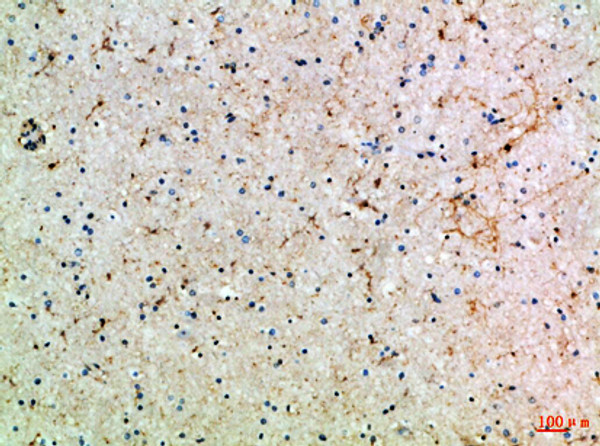| Post Translational Modifications | Phosphorylation by PKA regulates interaction with PRKCABP and subcellular location. Phosphorylation by PKC may regulate the channel. |
| Function | Isoform 2 and isoform 3 function as proton-gated sodium channels.they are activated by a drop of the extracellular pH and then become rapidly desensitized. The channel generates a biphasic current with a fast inactivating and a slow sustained phase. Has high selectivity for sodium ions and can also transport lithium ions with high efficiency. Isoform 2 can also transport potassium, but with lower efficiency. It is nearly impermeable to the larger rubidium and cesium ions. Isoform 3 can also transport calcium ions. Mediates glutamate-independent Ca(2+) entry into neurons upon acidosis. This Ca(2+) overloading is toxic for cortical neurons and may be in part responsible for ischemic brain injury. Heteromeric channel assembly seems to modulate channel properties. Functions as a postsynaptic proton receptor that influences intracellular Ca(2+) concentration and calmodulin-dependent protein kinase II phosphorylation and thereby the density of dendritic spines. Modulates activity in the circuits underlying innate fear. Isoform 1 does not display proton-gated cation channel activity. |
| Protein Name | Acid-Sensing Ion Channel 1Asic1Amiloride-Sensitive Cation Channel 2 - NeuronalBrain Sodium Channel 2Bnac2 |
| Database Links | Reactome: R-HSA-2672351 |
| Cellular Localisation | Cell MembraneMulti-Pass Membrane ProteinLocalizes In Synaptosomes At Dendritic Synapses Of NeuronsColocalizes With Dlg4 |
| Alternative Antibody Names | Anti-Acid-Sensing Ion Channel 1 antibodyAnti-Asic1 antibodyAnti-Amiloride-Sensitive Cation Channel 2 - Neuronal antibodyAnti-Brain Sodium Channel 2 antibodyAnti-Bnac2 antibodyAnti-ASIC1 antibodyAnti-ACCN2 antibodyAnti-BNAC2 antibody |
Information sourced from Uniprot.org







